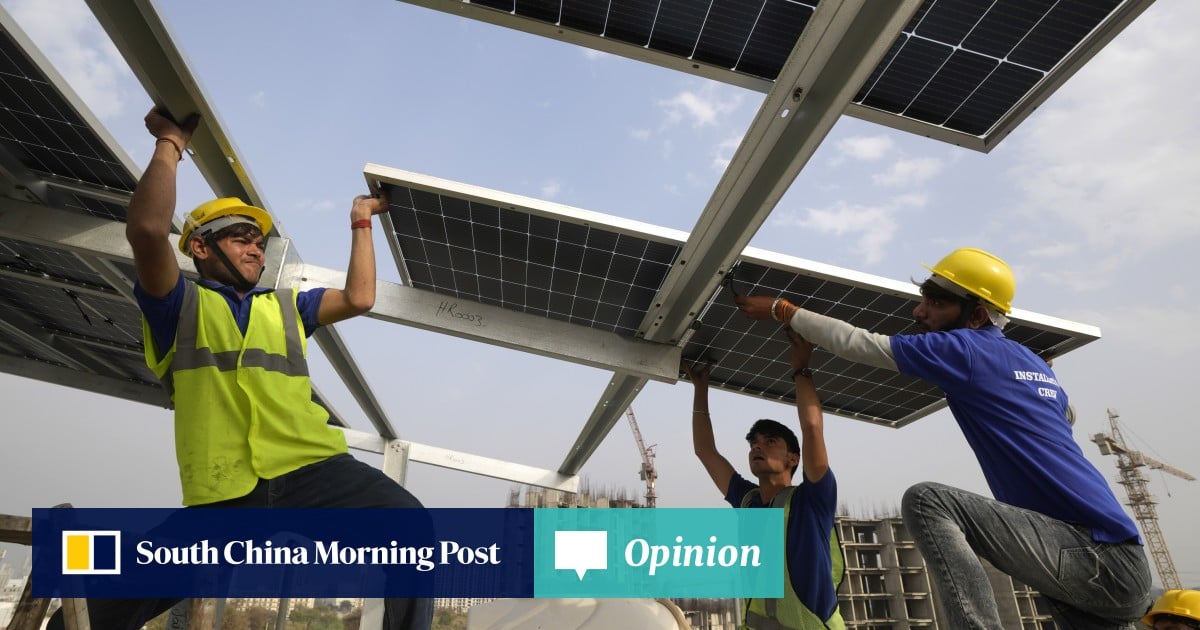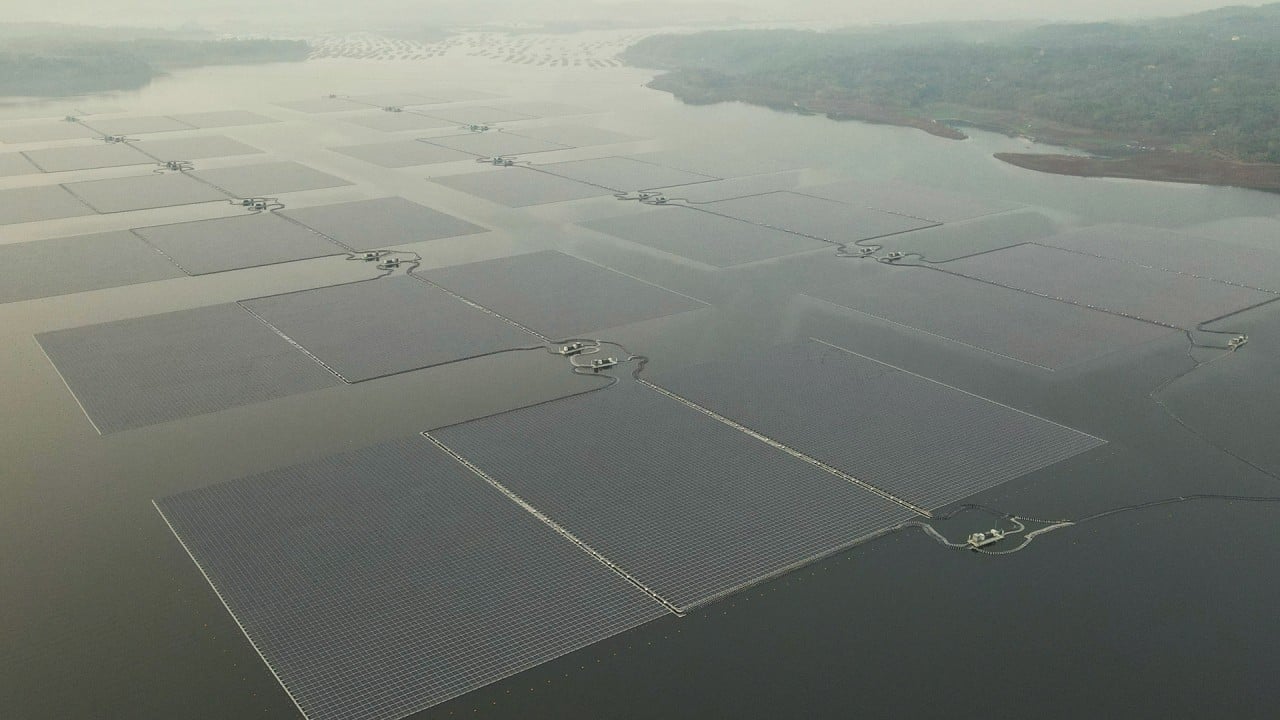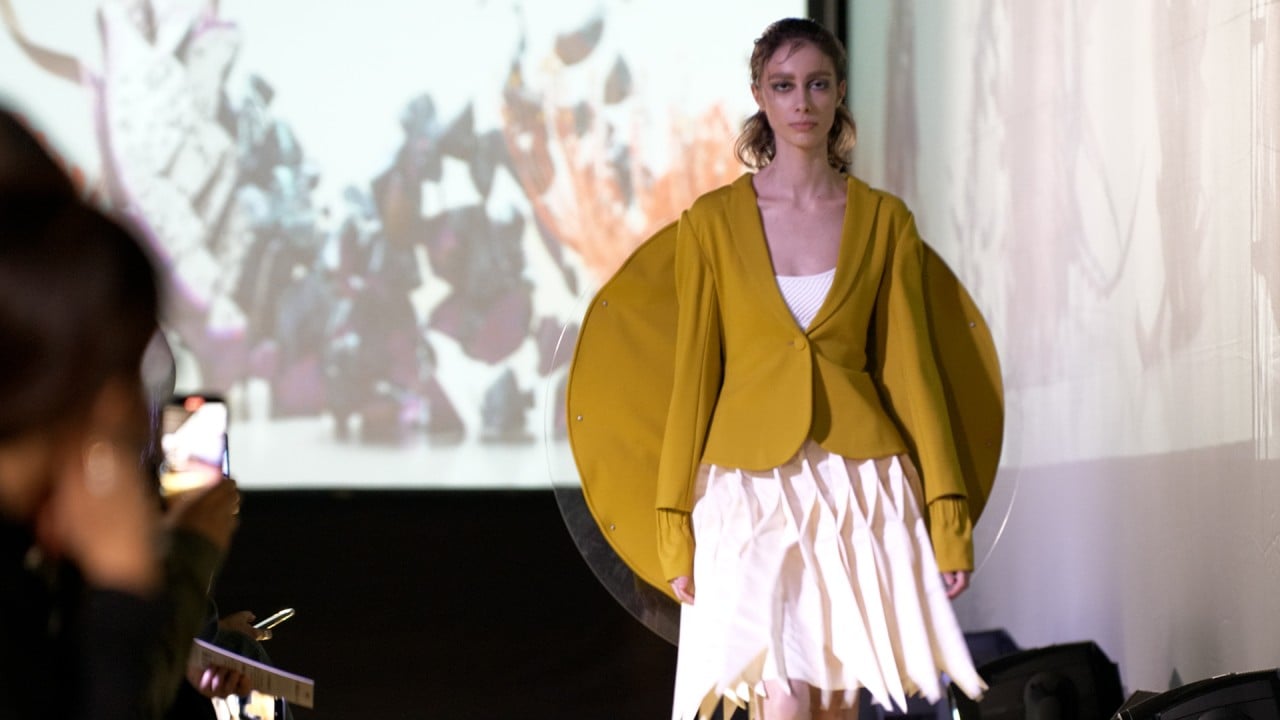Asian countries which are unable to comply with such regulations may struggle to partake in international trade. At worst, this could impede their gross domestic product growth and economic trajectory.

Bangladesh’s textile and garment exports may come under pressure due to the CBAM, which comprises an imposed tax on imports that generate greenhouse gases during their production. This measure will increase the cost of selling textiles and garments in the EU market for exporters like Bangladesh that will need to cover the tax associated with carbon emissions.
Having started last October, the CBAM will be gradually phased in over the next several years. The transitional phase currently applies to certain sectors including iron, steel, cement, aluminium and electricity. But the coverage of goods subject to the border tax is likely to expand progressively upon review.
EU to blunt China’s edge on steel exports with world’s first carbon tax
EU to blunt China’s edge on steel exports with world’s first carbon tax
CBAM’s ultimate objective is to protect EU industries from competition by foreign entities with higher pollution levels and ensure a competitive environment for European businesses. Asian exporters, like those from Bangladesh, will face a tougher market amid likely lower demand for their goods in the EU, especially if they have to ramp up prices to compensate for the tax on associated carbon emissions.
Due to land and grid constraints, Bangladesh is focusing on rooftop solar and wind power, alongside net metering and decentralised renewable energy solutions. With support from abundant water resources, floating solar is another option for Bangladesh, although it’s still in the early stages of development.
Additionally, decreasing transport emissions will support responsible production. For instance, Bangladesh is shortening its supply chain by manufacturing yarn domestically to streamline the production process.
Strengthening collaboration is also essential for expanding technology use, reducing consumption and enhancing waste management. Initiatives like the Circular Fashion Partnership in Bangladesh and Cambodia support that kind of collaboration between garment makers, aiming to increase recycling and reintroduce waste materials back into fashion products.
For now, clothing companies H&M and Zara are good examples of retailers which use AI to make their operations more efficient, by helping them stay on top of future trends, monitor inventory levels and study consumer data.
The challenge of adhering to stricter global environmental standards offers emerging Asian markets an opportunity to innovate and adapt, urging these nations to speed up clean energy transitions, streamline supply chains and leverage technology for more efficient production.
By embracing sustainable practices, enhancing their digital and technological infrastructure and fostering industry-wide collaboration, Asia will not only comply with international demands, but also secure a competitive edge in the global market.
Sonja Cheung is editorial director at the Asia Business Council



